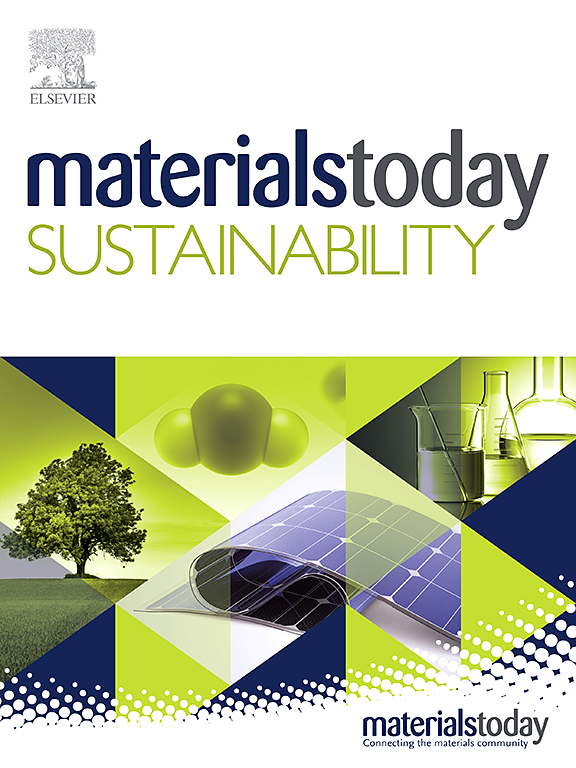IF 7.1
3区 材料科学
Q1 GREEN & SUSTAINABLE SCIENCE & TECHNOLOGY
引用次数: 0
摘要
低温质子交换膜燃料电池(PEMFCs)由于其降解问题,在性能、寿命和工业应用方面面临许多重大挑战。本综述总结了目前对质子交换膜主要降解机制的了解,即机械应力、热降解和活性氧(ROS)的化学侵蚀。研究得出的结论是,虽然不同压力和水合循环会导致机械降解,但使用膨体聚四氟乙烯(ePTFE)和各种复合膜等材料对膜进行加固,在一定程度上减轻了结构强度和韧性。热降解和化学降解仍然是主要挑战,高温和活性自由基(如羟基和过氧化氢)的形成通常会加速热降解和化学降解。因此,为了抵御化学降解,添加氧化铈(CeO2)和锰基添加剂等自由基清除剂可以在造成重大损害之前清除破坏性物质。用于 PEM 的其他新材料,如全氟磺酸(PFSA)复合材料,已证明在化学环境中具有更强的耐受性和更长的使用寿命。这包括对创新方法的研究,如引入具有更好热稳定性的离子聚合物,以及评估有机-无机混合膜在对抗热降解机制方面的作用。本综述指出,有必要了解降解机制并推进缓解策略,以确保延长 PEMFCs 的寿命,从而为其作为清洁能源的可靠性和可行性铺平道路。本文章由计算机程序翻译,如有差异,请以英文原文为准。

Investigating degradation & mitigation strategies for proton conducting membrane in proton exchange membrane fuel cell: An approach to develop an active & stable membrane
Low-temperature proton exchange membrane fuel cells (PEMFCs) share many significant challenges in the performance, life-span, and industrial use of these membranes because of their degradation. This review synthesizes the current state of knowledge of the dominant degradation mechanisms acting on PEMs, namely mechanical stress, thermal degradation, and chemical attacks by reactive oxygen species (ROS). It is concluded that although mechanical degradation brought about by varying pressure and hydration cycles, membrane reinforcement with materials such as expanded polytetrafluoroethylene (ePTFE) and diverse composite membranes has somewhat mitigated the structural strength and toughness. Thermal and chemical degradation remains as principal challenges which are most often hastened by elevated temperatures and formation of reactive free radicals such as hydroxyl and hydrogen peroxide. Hence, to counteract chemical degradation, the addition of radical scavengers like cerium oxide (CeO2) and manganese-based additives can scavenge the destructive species even before this cause significant damage. Other new materials for PEM such as perfluorosulfonic acid (PFSA) composites have demonstrated enhanced resistance in chemical environments and a longer life. This includes research on innovative approaches such as introducing ionomers with improved thermal stability and evaluating hybrid organic-inorganic membranes in fighting the degradation mechanism of thermal degradations. This review brings out the need to understand the degradation mechanisms and advance mitigation strategies to ensure elongation of PEMFCs' life, thus paving a way for their reliability and feasibility as clean energy.
求助全文
通过发布文献求助,成功后即可免费获取论文全文。
去求助
来源期刊

Materials Today Sustainability
Multiple-
CiteScore
5.80
自引率
6.40%
发文量
174
审稿时长
32 days
期刊介绍:
Materials Today Sustainability is a multi-disciplinary journal covering all aspects of sustainability through materials science.
With a rapidly increasing population with growing demands, materials science has emerged as a critical discipline toward protecting of the environment and ensuring the long term survival of future generations.
 求助内容:
求助内容: 应助结果提醒方式:
应助结果提醒方式:


